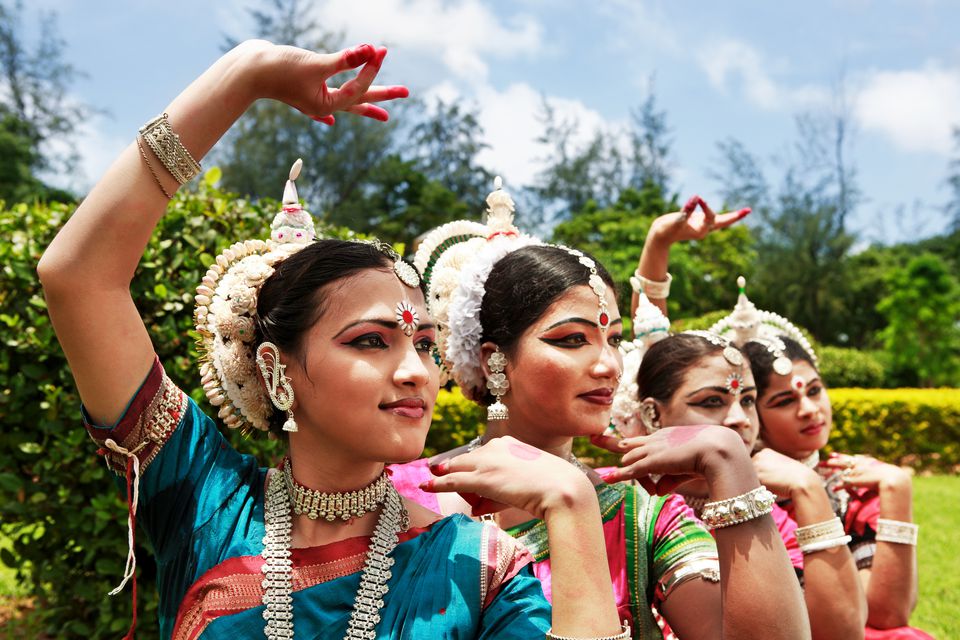When it comes to culture and heritage, every region has its unique stories and traditions to Odisha’s Cultural Heritage share. These cultural values not only influence our way of life but also connect us to our roots. In India, the Odia movement stands as an exemplary movement dedicated to preserving the cultural heritage of the Odisha region.
Odisha, a state located in the eastern part of India, is not just known for its rich history and picturesque natural beauty, but its cultural heritage as well. The Odia movement, also known as the “Utkala Sammilani,” began in the early 20th century with the aim of protecting and promoting the Odia language, literature, and traditions.
One of the central figures behind the Odia movement was Fakir Mohan Senapati, a renowned Odia writer and social reformer of that era. His writings, such as “Chaa Mana Atha Guntha” (Six Acres and a Third) and “Rebati,” not only inspired countless individuals but also shed light on the social issues prevalent during that time. Through his works, Senapati gave a voice to the common man, addressing societal inequalities and advocating for social justice.

You can read our another post on Twin Temple of Gandharadi: A Marvel of Ancient Architecture
The Odia movement gained momentum when Utkalamani Gopabandhu Dash, another prominent figure, joined the cause. Dash, known as the “Gandhi of Odisha,” played a vital role in the freedom struggle as well, and his relentless efforts to uplift the Odia language and culture are still fondly remembered. He established the “Satyabadi School” in 1909, aiming to promote education in Odisha’s Cultural Heritage and encourage the use of the Odia language.
The Odia movement aimed not only to preserve the language but also to protect and promote Odisha’s Cultural Heritage ‘s and cultural practices. Traditional Odia festivals, such as Durga Puja, Ratha Yatra, and Kumar Purnima, are celebrated with great fervor and enthusiasm throughout the state. These festivals serve as a reminder of the rich history and cultural diversity that Odia people take pride in.
Moreover, the Odia movement emphasized the importance of classical Odissi dance and music, which hold a significant place in India’s cultural panorama. Odissi, with its intricate footwork, graceful movements, and melodious compositions, is a classical dance form that has been recognized globally. Efforts made through the Odia movement have ensured that Odissi dance and music thrive and receive the recognition they truly deserve Odisha’s Cultural Heritage .
The preservation of Odia literature and art forms has been a key focus of the Odia movement. The movement encouraged young writers and artists to showcase their talent and promoted the translation of works from other languages into Odia. The Odia Sahitya Akademi, established in 1955, has played a vital role in recognizing and rewarding exceptional literary works and encouraging new talent.
Despite the remarkable accomplishments of the Odia movement, there are still challenges to overcome. In the age of globalization and digital dominance, it is important to ensure that the younger generation remains connected to their cultural roots. Modernization should not come at the expense of cultural erosion; instead, it should be a balance between preserving traditions and embracing advancements.
More: Wanted to download Odishashop.com visit here
Write A FAQ For The Odia Movement: Protecting and Preserving Odisha’s Cultural Heritage
1. What is the Odia Movement and why is it important?
The Odia Movement is a cultural movement aimed at protecting and preserving Odisha’s rich cultural heritage. It seeks to create awareness among the people about the importance of Odia language, literature, art, and traditions, and strives to propagate and safeguard them for future generations.
2. What are some key objectives of the Odia Movement?
The primary objectives of the Odia Movement include promoting the use and recognition of the Odia language, encouraging the study and research of Odia literature, art, and history, advocating for the preservation of historic monuments and sites in Odisha, and fostering pride and appreciation for Odisha’s unique cultural identity.
3. How is the Odia Movement protecting Odisha’s cultural heritage?
The Odia Movement actively engages in various initiatives such as organizing seminars, workshops, and cultural events to educate and raise awareness about the importance of Odisha’s cultural heritage. It also collaborates with government bodies, NGOs, and cultural organizations to advocate for policy changes and conservation efforts to protect historic sites and promote the use of the Odia language.
4. Can anyone participate in the Odia Movement?
Absolutely! The Odia Movement welcomes the participation of individuals from all walks of life who share an interest in preserving and promoting Odisha’s cultural heritage. Whether you are a student, artist, researcher, or simply someone passionate about preserving Odia traditions, you can contribute your skills, ideas, or resources to support the movement.
5. How can I get involved in the Odia Movement?
There are several ways to get involved in the Odia Movement. You can become a member of local cultural organizations that actively work towards preserving Odisha’s heritage, attend cultural events and seminars organized by the movement, contribute to research and publications on Odia language and literature, or volunteer for conservation activities related to the preservation of historic sites in Odisha. Additionally, you can also support the movement financially by making donations or sponsoring specific projects.
Conclusion
In conclusion, the Odia movement has proven to be an effective tool in preserving and promoting the cultural heritage of Odisha. Through the dedication and efforts of individuals like Fakir Mohan Senapati and Gopabandhu Dash, Odia language, literature, music, and dance continue to thrive. It is our responsibility to carry forward the legacy of the Odia movement, thereby safeguarding our cultural heritage for future generations.
